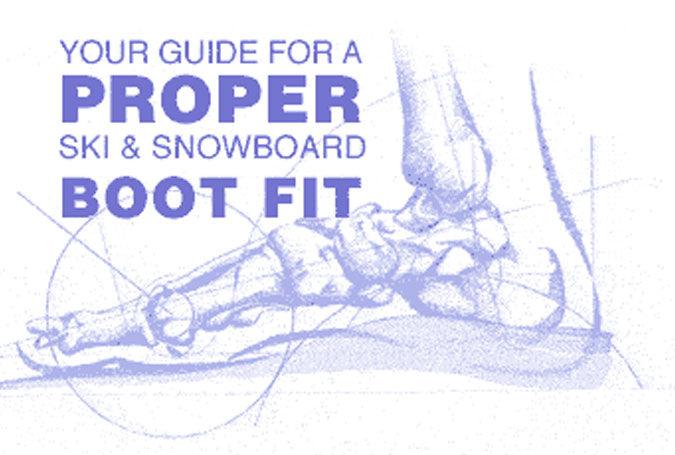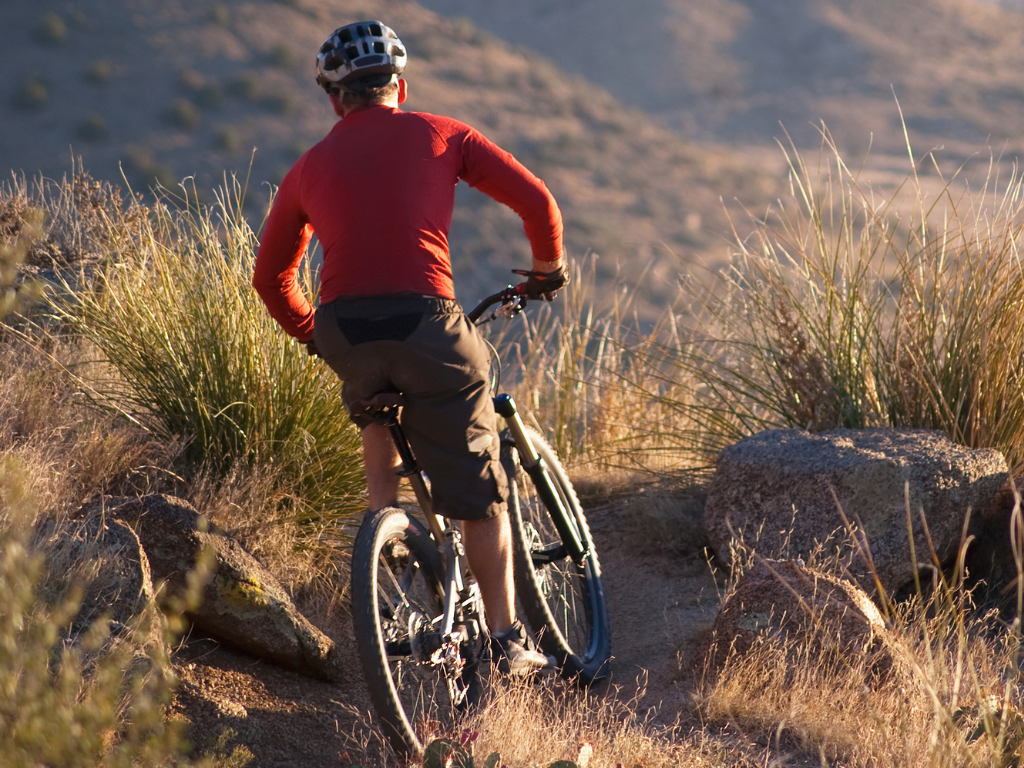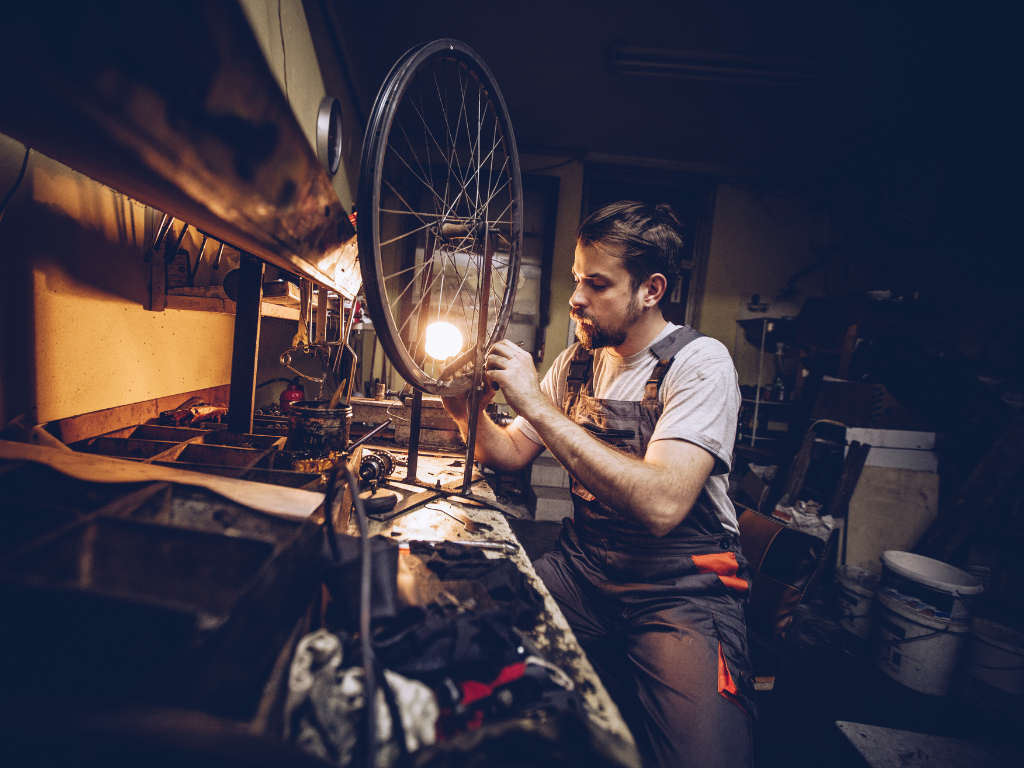
A Guide To Buying Ski Boots
Say goodbye to poor, aching, sore and cold feet when you are skiing with this useful and informative guide on how to choose the right ski boots to keep you and your feet happy when you hit the slopes.
Skiers the world over whinge and whine with complaints of sore feet. From novice to expert, foot pain, cold feet and general discomfort due to ill fitting ski and snowboard boots are far too common. Now’s your chance to stop this niggling problem and make your skiing enjoyable and fun without the pain. A well fitting ski boot will also improve your skiing ability and make your time on the ski slopes even more enjoyable.
The answer lies in understanding how a ski boot is supposed to fit and work with your foot.
Just like Bridget Jones, most people have only a vague idea about how these strange plastic devices are meant to work, and fair enough, most people are not silly enough to spend their working lives studying them and their relationship to feet, it's not very glamorous and feet are not the coolest body part to spend your days with!
Luckily there are a few of us whop are self proclaimed "nut-jobs" at Outside Sports that have made it our lives to understand the mysterious workings of the "ski boot" and now we will endeavor to share a little of this knowledge with you to make your ski boot purchasing this season a bit more logical and your skiing experience more comfortable.

The most important feature of a ski boot is not its colour, flexibility or the fluffiness of its liner, it is in fact its fit in relation to your foot. The name of the game is to pick a pair of ski boots that share the same general geometry as your foot.
Each ski boot has a specific last, which is defined as its width at its widest point, normally towards the front third of the boot in roughly the position of your foot's metatarsal heads. This last needs to accommodate your foot, holding the met heads in place, but not pressuring them into an unnatural or "bridged position". The foot must be flat in the boot but unable to shift side to side within the shell. Most companies manufacture boots with lasts of 95, 98, 100, 102 and 104.
How to measure the width of your foot:


Getting a boot with the right last is step one, but this is only one component of the fit. The boot must also share the other shape characteristics of your foot, ie, narrow or wide achilles, flat or rounded sidewall for the medial shape of your foot, high or low overlap or tongue for the shape of your instep, square or conical toe box to contain your forefoot and wide or narrow cuff to accommodate your calve muscle. Only by matching all of these characteristics with your foot can one achieve a perfect fit.
This all sounds a bit complicated, but, luckily boot manufacturers have cottoned on to these facts and produce enough varied boot shapes to accommodate nearly everyone on earth adventurous enough to strap on a pair of skis. The question now becomes, "how do I know if these boots are indeed a good geometrical match for my foot?" The answer to this question lies in understanding how your foot is used in the ski boot and what sensations you need to have to know you can ski well and ski pain free.

The foot in skiing is a key part of the bio-mechanical equation. Essentially our feet act as rigid levers to change the shape of our skis as they glide over the snow. In order for the foot to function as a rigid lever it must be encased in the ski boot with no room to articulate, flatten, shimmy side to side or roll inside the ski boot. If the fit is right one should have the sensation that the foot is shrink wrapped in the boot. This feeling is not uncomfortable! It is however, unusual, and we need to come to terms with the fact that our feet will not feel as if they are wearing slippers while we carve it up down the slopes.
The foot should feel claustrophobic, the toes should touch in the end of the boot with a mild pressure when standing straight legged and should just back away when we rock forward into the cuff of the boot. The foot should not feel pressure points, or hard spots and it should not feel any voids of space or air in any region.
Essentially the ski boot should feel like an extension of the foot. To achieve this some people will require a bit of "boot fitting". Custom foot beds to stabilize the foot and stop pronation (the flattening of the foot on the medial side) are highly recommended to anyone looking to maximize comfort and performance in their boot. Often times boot fitters will also need to grind or stretch a bit of plastic to make room for pesky bunion or hammer toe.
So now that you know a bit about how feet are used in skiing and how a ski boot needs to fit, go see a good boot fitter, try some ski boots on and get ready for your next season of skiing with comfortable feet and more precise arcs in the snow! Come and visit our friendly ski boot experts at Outside Sports in Queenstown or Wanaka.
To buy ski boots online click here.



